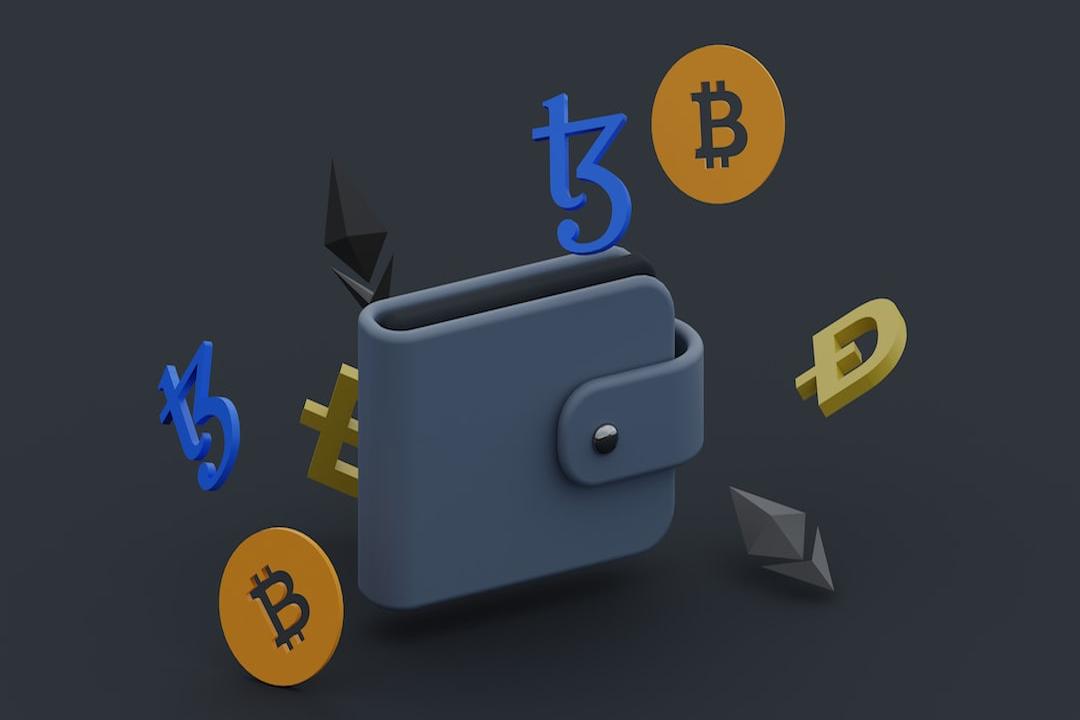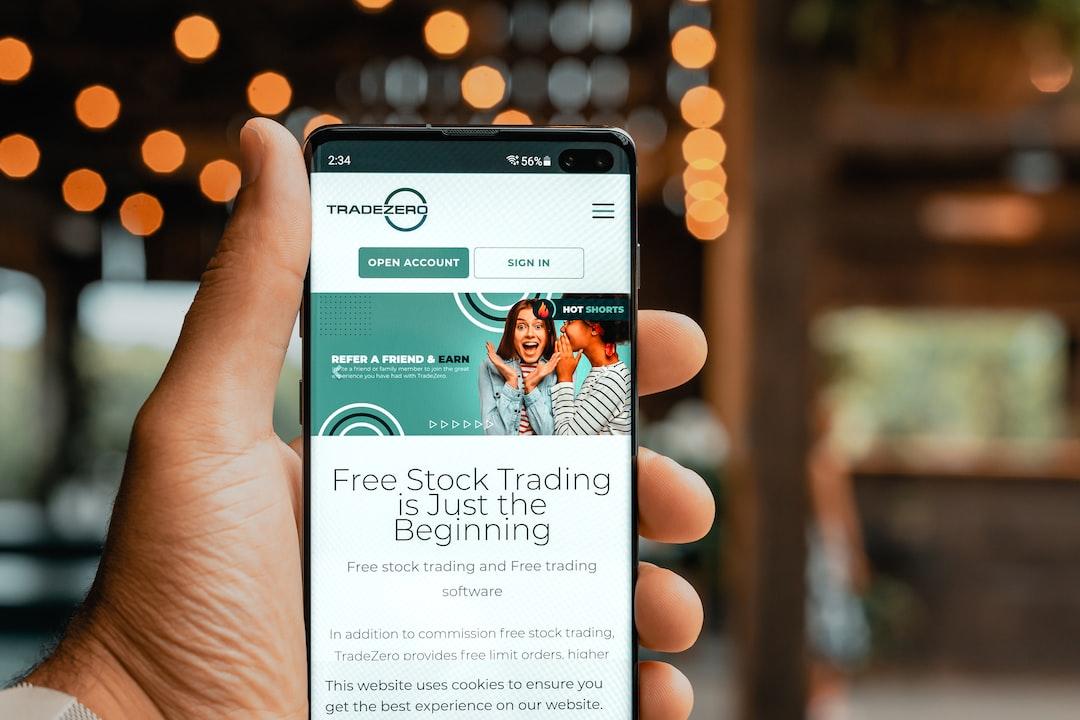Original author: Biteye core contributor Wilson Lee
Original translation: Biteye core contributor Crush
Farcaster is a decentralized social network protocol that uses smart contracts and hybrid storage technology to enable social connections, content sharing, and data ownership among users, while supporting diverse and flexible client and application development.
In March of this year, the memecoin project Degen within the Farcaster ecosystem gained widespread attention with an increase of over 20 times in value and a market capitalization of over $1 billion, making the Farcaster ecosystem the focus of attention.
In May, Farcaster’s developer Merkle Manufactory announced the completion of a new round of financing, led by Paradigm, with a total amount of $150 million, raising the company’s valuation to $1 billion.
According to Dune data, Farcaster’s total user count has reached 540,000, with daily active users soaring from 2k at the beginning of the year to the current 56k, achieving more than 28 times growth.

https://dune.com/pixelhack/farcaster
Farcaster is not a new social project. In its early testing phase, founder Dan leveraged his personal influence and relationships to invite many well-known OGs, including Vitalik Buterin, and screened early users through Twitter DMs to obtain invitations, resulting in a highly “elite” user base for Farcaster.
This approach of setting entry barriers was aimed at gathering a highly similar user group initially, making Farcaster a refined version of Twitter to some extent, allowing early users to enjoy a higher quality of posting and interaction experience.
Additionally, users with early access are usually influential KOLs, who have significant social influence. Experiencing Farcaster early might give them a certain social superiority, and they would be more motivated to discuss and promote Farcaster on other platforms.
In October last year, Farcaster opened registration but still set a $5 entry fee, effectively blocking a large number of bot accounts from registering, maintaining a good atmosphere on Farcaster, forming a stark contrast to Nostr, which declined due to bot proliferation.
To date, Farcaster has accumulated nearly $1.9 million in revenue through registration fees and data storage fees.

https://dune.com/pixelhack/farcaster
Farcaster’s two founders, Dan and Varun, both held significant positions at Coinbase, which links Farcaster closely with the Base ecosystem to some extent. Jesse, the core leader of the Base chain, is also very active on Farcaster.
From another perspective, among the top 500 users with the most followers on Farcaster, over 70% of on-chain interactions occur on the Base chain.
Therefore, for those optimistic about the Base ecosystem, Farcaster is also seen as a potential Alpha treasure base.

https://dune.com/pixelhack/farcaster
Farcaster protocol data is stored on-chain and off-chain hubs. Developers can choose to run hub nodes themselves or use third-party service providers like Neynar to obtain data.
All this data is permissionless. Based on this available data, developers can build various clients and applications, significantly increasing the richness and innovation space of the Farcaster ecosystem.
Users can track ecosystem progress through the decaster website, here are some highlights of the projects.
https://decaster.xyz/
01 WrapCast
Warpcast is the main application under the Farcaster protocol and the first Farcaster client, developed by a top engineering team assembled by Dan over more than a year.
Its overall architecture is similar to traditional Web2 social software, with a smooth user experience, currently accounting for 90% of the traffic under the Farcaster protocol.
Warpcast’s registration process is simple, and the system automatically generates a wallet for users. All Warpcast accounts are associated with a Farcaster ID, and the generated content is stored in the Farcaster hub.
This design allows even non-cryptocurrency users to easily enter the on-chain world, greatly lowering the cognitive threshold for new users.
For users familiar with on-chain interactions, they can also bind their commonly used cryptocurrency wallets. These adjustments make Warpcast not only user-friendly but also play a significant role in promoting the growth and user acceptance of the Farcaster ecosystem.

Warpcast is designed as a social platform similar to Twitter, where users can post tweets (casts), comment, retweet, and follow other users.
Besides Twitter-like social media functions, Warpcast also introduces features like channels and actions, creating more ways to interact.
For example, DEGEN utilizes the participation of users in the Farcaster ecosystem to distribute tokens. Users can participate in DEGEN’s airdrop by following channels and interacting, and the airdropped tokens can be used to tip other users.
Farcaster’s tremendous growth this year is closely related to the launch of the Frames feature in February. Frames are mini-applications embedded within Warpcast, allowing users to engage in more diverse interactions without leaving Warpcast, such as minting NFTs, subscribing to content, playing mini-games, and claiming tokens.
For instance, far.cards is a collectible card project exclusive to Farcaster users, developed based on mint.club. Each user’s card attributes are determined by their activity level on Farcaster, such as the number of followers, likes received, and replies.
The card price is determined by the bonding curve, and the purchased cards can be collected or traded.

As shown in the figure below, far.cards applications can be released in tweets in the form of Frames. Users who see the tweet can directly purchase the cards through the Frame without leaving the Warpcast client.

The launch of Frames has greatly enriched Warpcast’s playability, making Farcaster development no longer limited to building a decentralized Twitter.
Currently, nearly 40,000 users have used the Frames feature, generating over 150,000 on-chain transactions, with 1624 interactive contracts designed.

https://dune.com/jhackworth/frames
In terms of user experience, Frames are similar to MiniApp in the Ton ecosystem. Although Farcaster currently finds it difficult to have a huge user base like Ton, attention should also be given to simple and easily spread Frame mini-games like Not a coin on Ton.
Considering the success of the DEGEN project in market value and dissemination ability, it is entirely possible for a project on Farcaster to distribute high-return tokens through Frame mini-applications.
Degen.Game is a website that organizes Frame mini-applications, where users can log in with their Farcaster identity to view and interact with the latest Frames daily.

https://www.degen.game/frames/new
02 Jam
Jam is a creator economy platform based on Farcaster, turning each tweet on Warpcast into an NFT asset similar to a Friend.tech Key, allowing users to buy/sell each tweet, with prices determined by the Bonding Curve shown below.
Jam’s transaction volume exceeded $10 million within 72 hours of launch.

Using Jam for the first time requires consuming 10 warp points, and 100 warp points are given when registering Farcaster.
After binding the Farcaster account, users can view the feed on the homepage to find tweets worth minting. The Top list includes tweets with the most recent transactions and the latest tweets, while the Trades section shows real-time records of tweet transactions.
Unlike Friend.tech, each tweet can only have one owner at a time, so there is no situation of grabbing a bunch of openings and then selling off, but the profit idea is similar, requiring early identification and purchase of potentially viral tweets, focusing on Farcaster core developers, Vitalik Buterin, KOLs, etc., ensuring subsequent buyers.
If you are a KOL or someone with good internet sense and are good at tweeting, you can also earn 5% transaction fees by continuously writing tweets and creating memes to trigger dissemination.
Jam currently has no token but has internal points. Considering the overall gameplay and Friend.tech’s similarities, there may be a significant potential airdrop.
03 Clubcast
ClubCast is an application on Farcaster similar to Knowledge Planet, opening the token-gated casts function, requiring users to purchase other users’ club tokens to unlock and view hidden content on clubcast.xyz or Frame, currently needing developer permission to use.

04 BountyCaster
BountyCaster is a task platform built on the Farcaster protocol, founded by Linda Xie (former co-founder of Scalar Capital and Coinbase product manager).
As shown below, users can publish tasks by adding the tag @Bountybot when sending content on Warpcast and other clients. Other users can claim corresponding tasks and receive rewards.

Similarly, users can also publish services and prices they can offer. Users need to log in with their Farcaster accounts to view published Bounties, available services, and even job opportunities on the BountyCaster website.

05 AlfaFrens
AlfaFrens is a creator economy application based on the Base ecosystem and Farcaster protocol, developed by Superfluid, which supports on-chain asset streaming.
Similar to Friend.tech, users can subscribe to KOL channels and access exclusive chat rooms, further obtaining tokens produced by the channel.
There are two types of currencies on the platform, $Degen and $ALFA. $Degen is an ERC 20 token on the Base chain, and $ALFA is the exclusive token of the AlfaFrens platform, currently only obtainable within the platform and non-transferable.

$Degen is the platform’s consumption token. When starting to use AlfaFrens, users need to prepare some $Degen to deposit into the wallet generated by the platform.
Users can use $Degen to subscribe to KOL channels, divided into three

